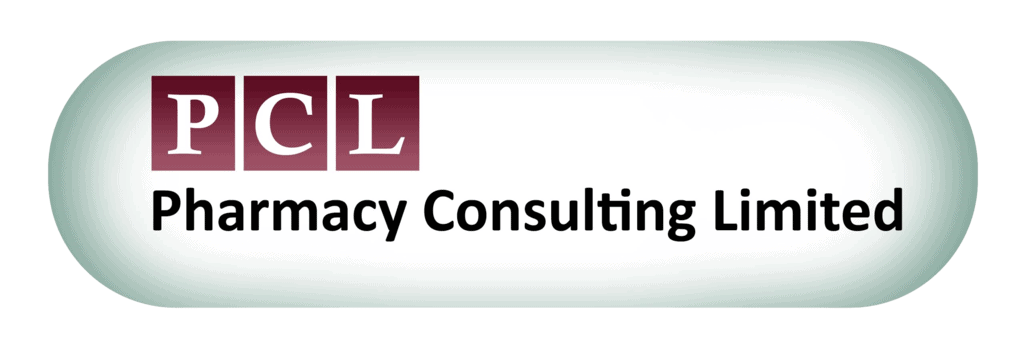Quorum sensing is a communication pathway found in high-density bacterial colonies, such as in biofilms. Quorum sensing is named after a quorum, the minimum number of people required to hold a meeting or reach a decision. It is so named because it functions by bacteria secreting signalling molecules, which once reaching a threshold limit will lead to changes in the physiology and behaviour of all the bacteria in the colony. Some of the changes which can be brought about through quorum sensing are the production of virulence factors, toxin production, spore formation and antibiotic resistance.
Antibiotic resistance is spreading rapidly as they are used worldwide to treat medical conditions. They are also extensively used within the farming industry. The use of large amounts of antibiotics and the improper use of antibiotics leads to an intense selection pressure on bacterial communities encouraging the development of antibiotic resistance.
In recent years, quorum sensing has been implicated in the development of antibiotic resistance. As the antibiotic is introduced to the bacterial community, the stress causes the bacteria to produce signalling molecules making neighbouring cells aware of the imminent threat. There are two main ways in which this can increase the rate of resistance. Firstly, quorum sensing can encourage conjugation. Conjugation is horizontal gene transfer, which allows one cell to transfer genetic instructions to another cell; these instructions could include the genetic code needed to produce an antibiotic defence. Secondly, the signalling molecules can reach a threshold limit which then forces all bacteria in the population to activate antibiotic resistance mechanisms. These can include an efflux pump in which bacteria remove antibiotics from their cells. Another common defence is biofilm formation, where the Extracellular Polymeric Substances (EPS) produced can trap the antibiotic and prevent it from reaching the bacteria.
Overall, this leads to an increased percentage of the population becoming resistant, which only further increases in future generations. As a consequence of this, scientists are looking to interfere with quorum sensing in a hope to limit the spread of antibiotic resistance and also find a novel treatment for microbial infections as antibiotics become increasingly redundant.
This treatment is known as quorum quenching. Quorum quenching molecules are very diverse in their functions. They may destroy the signalling molecules, bind to them ensuring that they cannot be understood by the bacteria or stop them from being produced initially. As the quorum quenching treatments do not typically inhibit bacterial growth, or kill bacteria, the selection pressure induced by this therapy is minimal. Comparative to antibiotic treatment, it may prove to be a much more sustainable solution. It may also help increase the longevity of antibiotic effectiveness.
For further information, please refer to the article link below:
Quorum-Sensing Regulation of Antimicrobial Resistance in Bacteria
